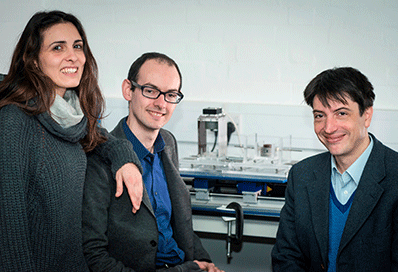The university research has been led by Dr Pierfrancesco Cacciola, Assistant Head of the university’s School of Environment and Technology.
Dr Cacciola and his team have spent three years researching different barriers using a ‘shaking table’ with multi-storey miniature buildings before coming up with their best design, the ViBa.
In an article in The Conversation, the website for news, comment and analysis, written by academics and researchers, Dr Cacciola explained: “Each ViBa can be designed to protect one or more buildings from an earthquake but also it forms part of a network of devices placed at strategic locations in order to protect entire cities.
“The ViBa is essentially a box containing a solid central mass held in place by springs. These allow the mass to move back and forth and absorb the vibrations created by seismic waves. The entire structure is connected to the foundations of buildings through the soil to absorb vibrations from them. The box’s position underground would depend on how deep the surrounding foundations went and could even be placed on the surface.”
His research has been published this week in the Proceedings of the Royal Society.

The research team: Laura D'Amico, PhD student, Dr Alessandro Tombari, and Dr Cacciola